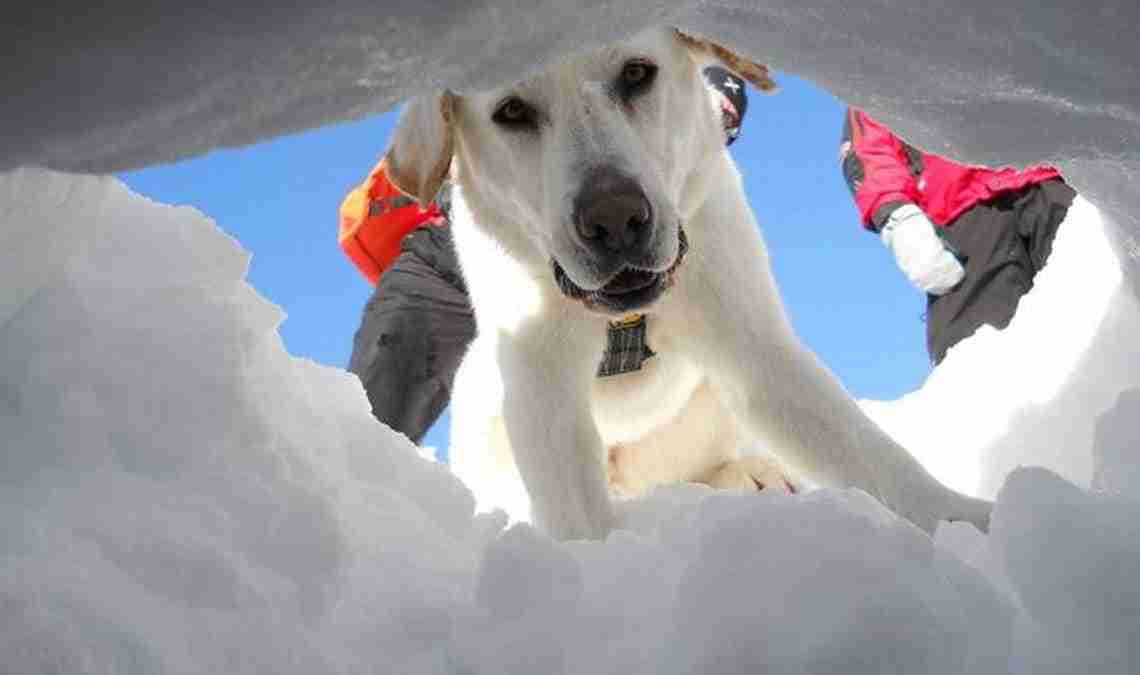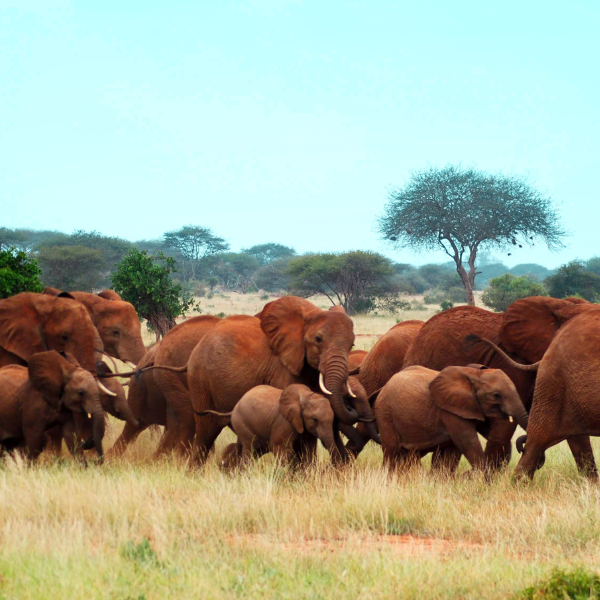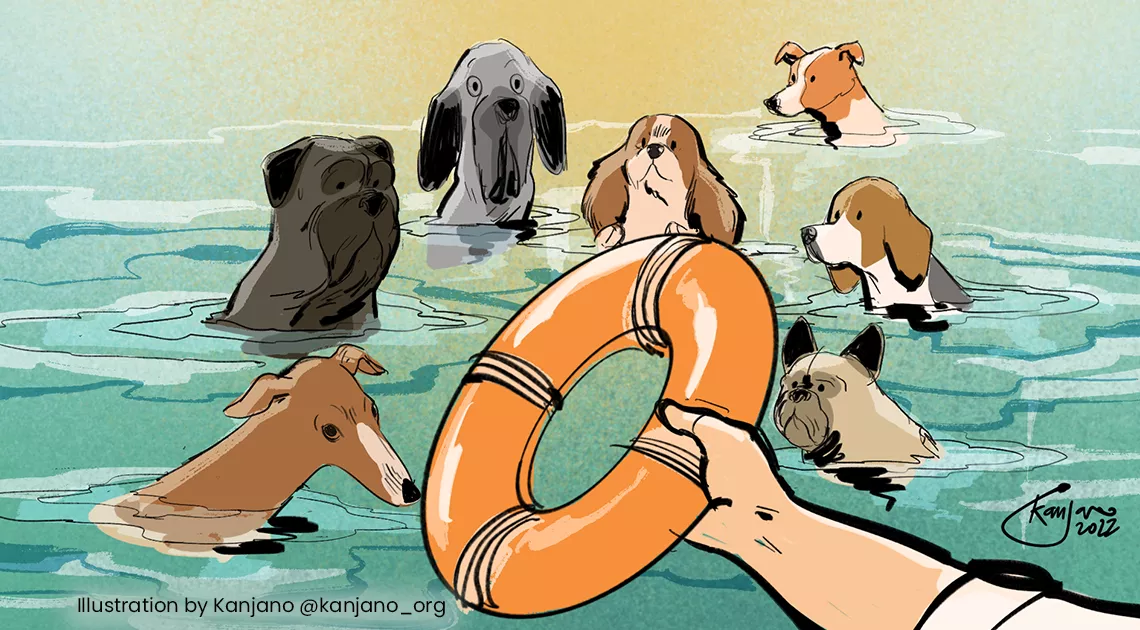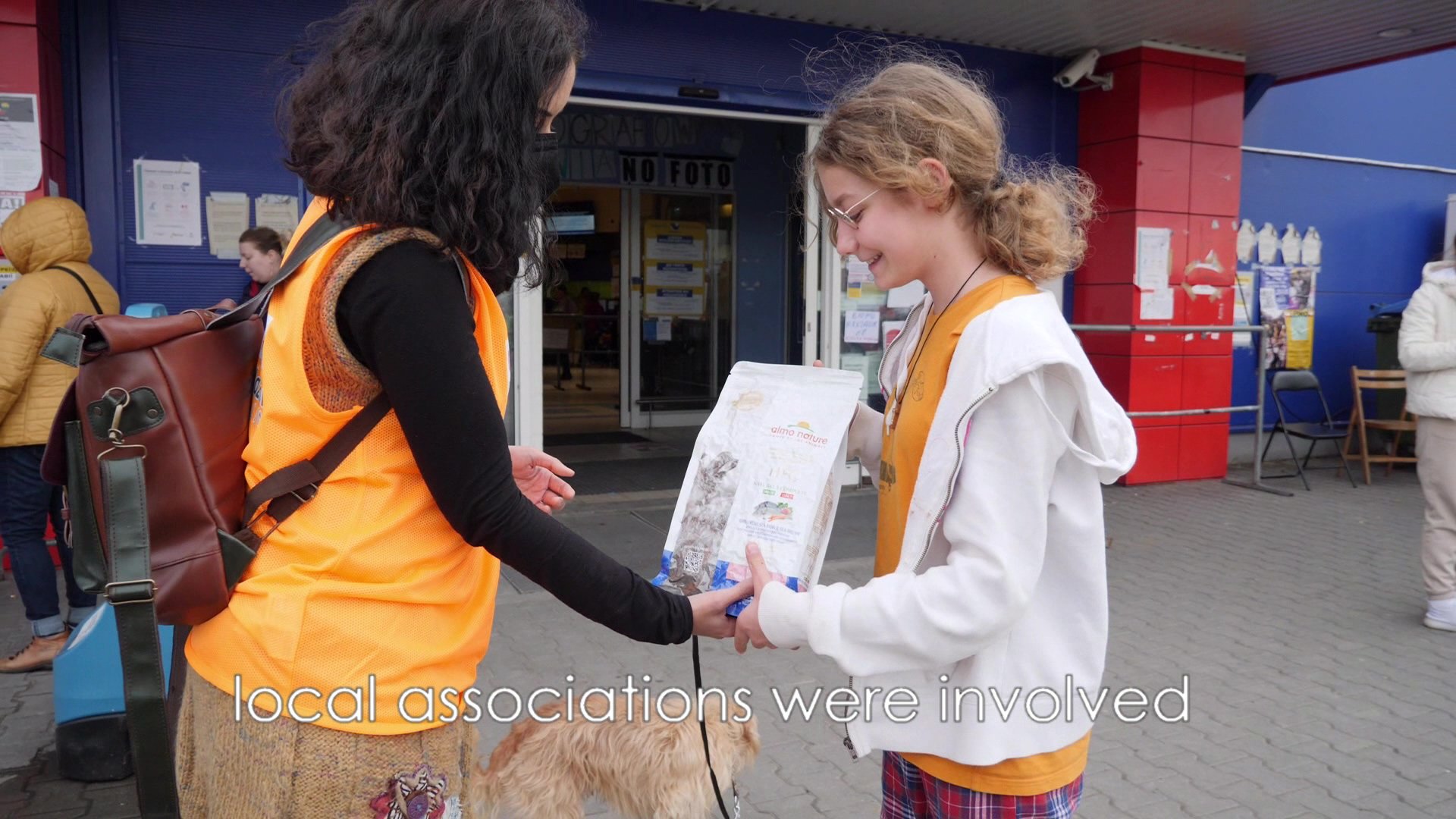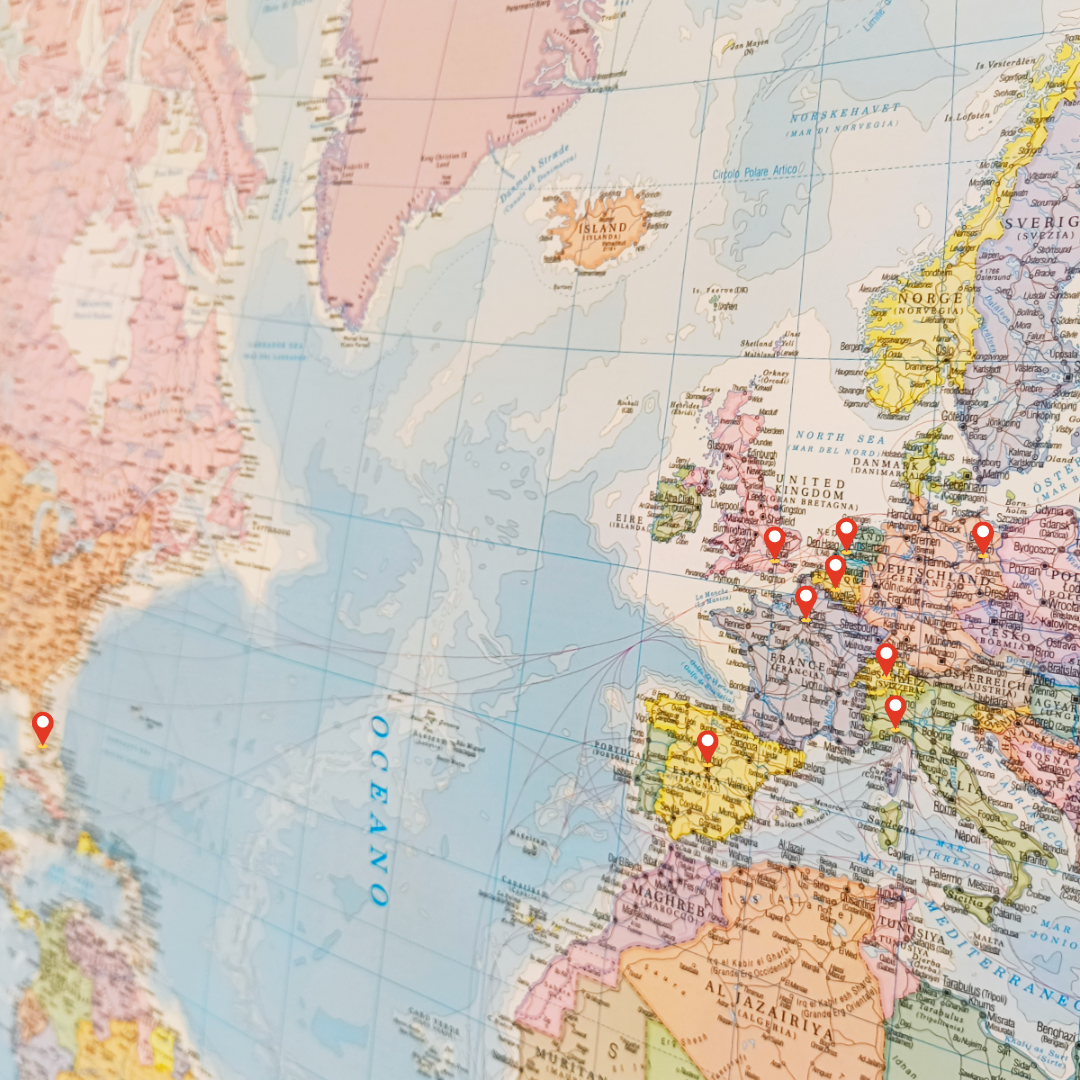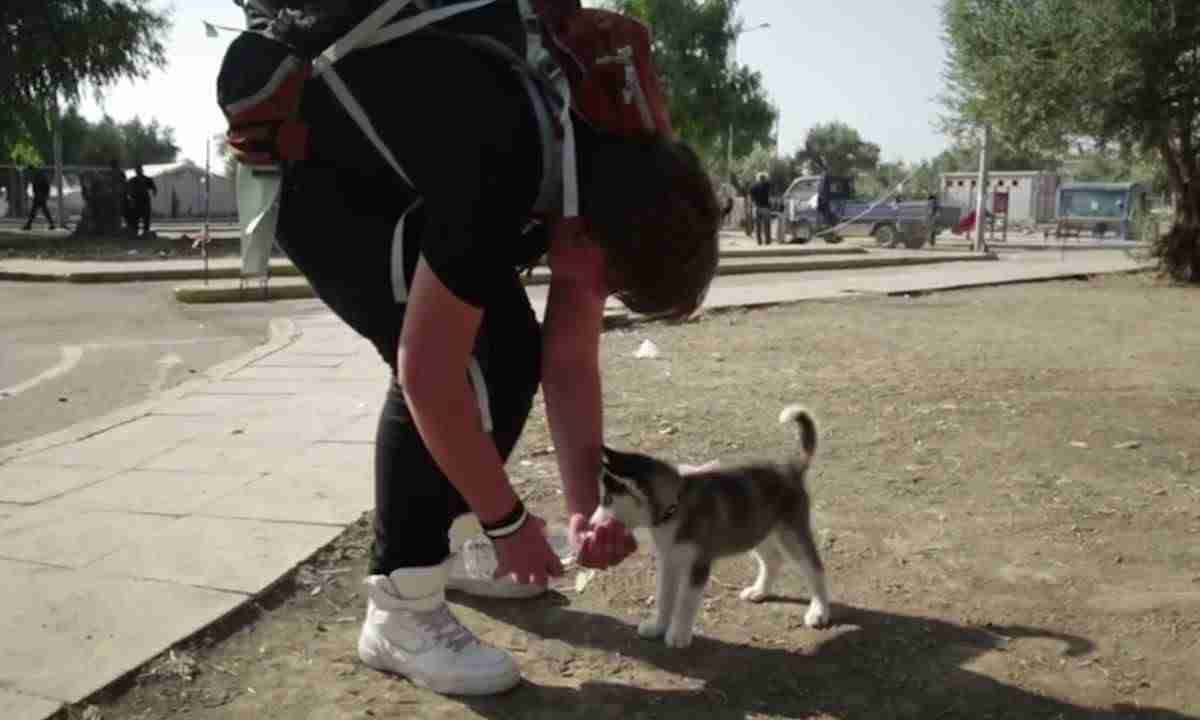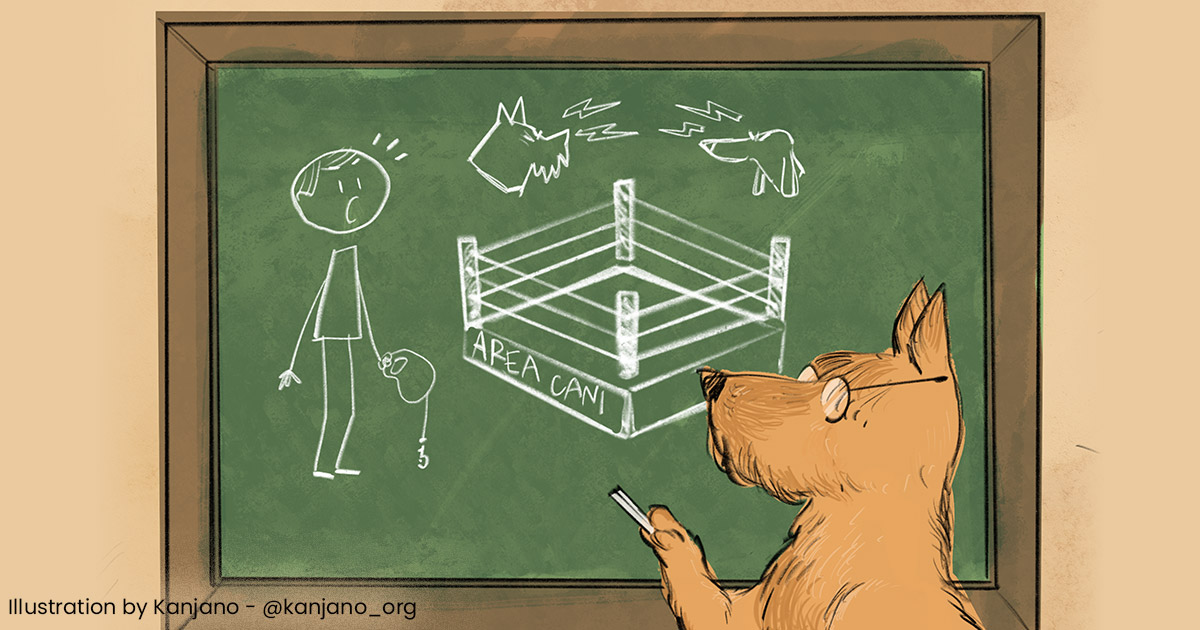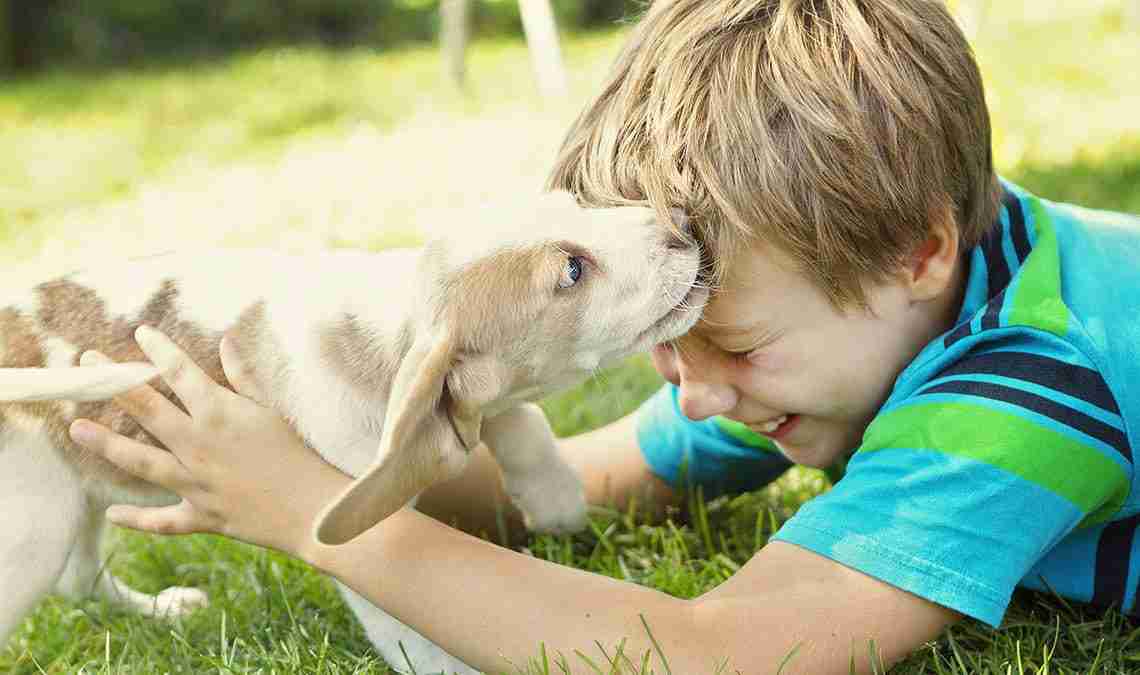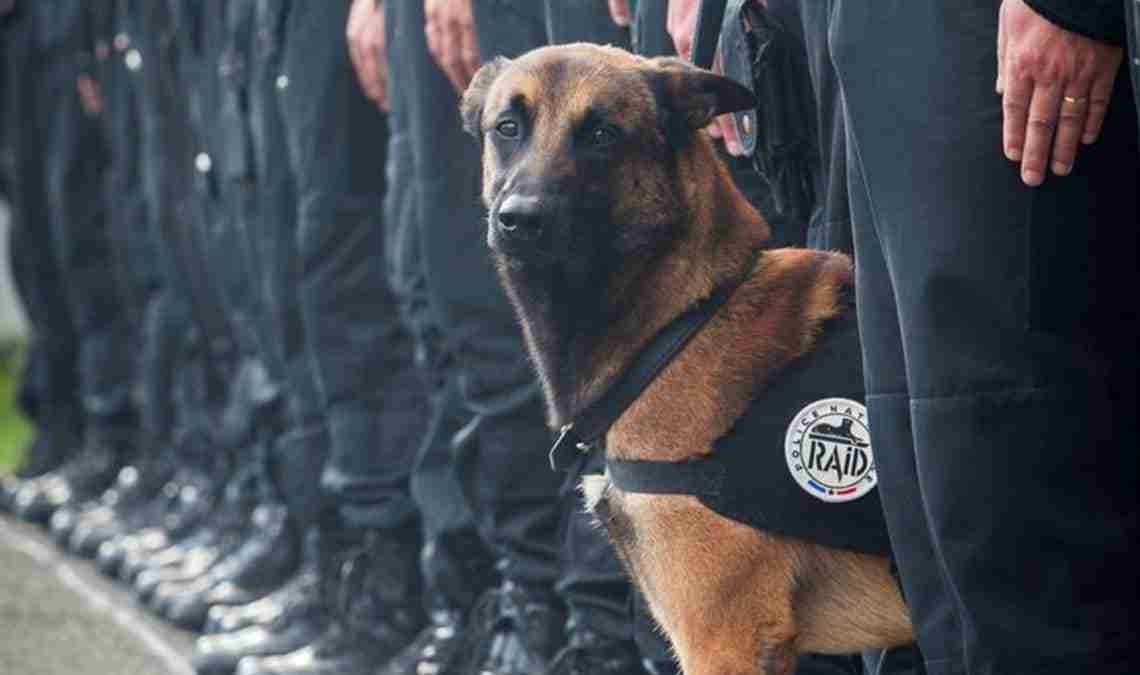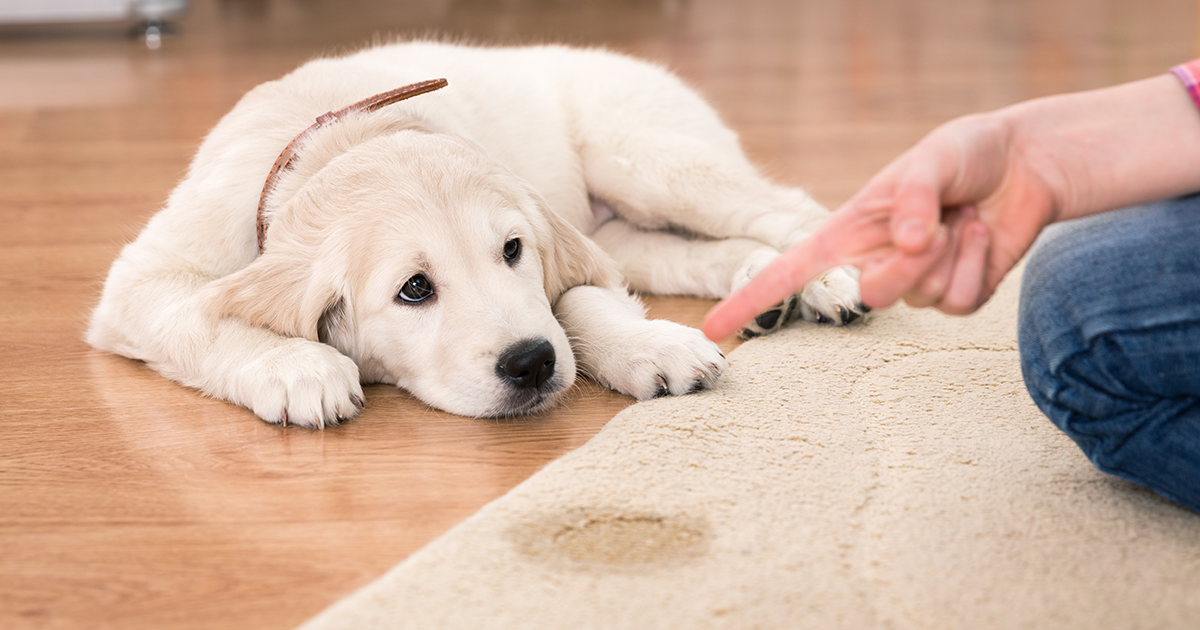Currently more effective than any other technological device to trace those missing in the snow, so-called 'avalanche dogs' are real masters of rescue at high altitude. In the past, the trusty St. Bernard – regularly portrayed with the traditional cask of brandy hung around its neck – was the mountain rescue dog of choice, however today the iconic rescue dog of old has been replaced by several other breeds, each with their own distinct talents. Among these modern day mountain saviours stand the German Shepherd, of stocky build and very obedient, the Belgian Shepherd (or Malinois), which is smaller but very agile, and the Retriever and Collie breeds – united by their remarkable sense of smell and their natural predisposition to training.
Mohrele and Barry, pioneers of rescue at high altitude
Tasked with the challenging undertaking of saving lives, the avalanche dogs of today, have in their history some legendary pioneers, who have been mythologised and somewhat worshiped. The first, and perhaps most famous avalanche dog was Barry, a daredevil St. Bernard who, in the nineteenth century, saved many lives in the Swiss Alps thanks to specialised training by the monks of the Great St. Bernard Hospice (a hostel for travellers). Barry continued his rescue duties even after the death of his trainer and reportedly died ‘at work' while attempting a rescue (however this fact is disputed). Such was the affection and admiration for Barry that after his death, his body was passed in to the care of the Natural History Museum of Bern where it was preserved and placed on display.
Shrouded in legend however, is the existence of Mohrele – a mixed-breed dog with an extraordinary sense of smell – who in 1960, reportedly found the body of a priest missing for a year following a huge avalanche. This particular anecdote marked the inception of the common practice of training dogs for avalanche search and rescue in the region, and in 1966, the first dedicated avalanche dog training course took place in South Tyrol.
The training of avalanche dogs
Even the most intelligent of dogs could not become an avalanche rescue dog without a lot of preparation. In fact, the training is intensive and complex. It begins when the dog is seven months old and continues until the end of the dog's 'career' at around seven or eight years old. Not only is a highly developed sense of smell a necessity for these dogs to locate people buried in the snow, the heart of the training lies in the relationship between the dog and handler. The latter must hone his skills of endurance, concentration and instruction; to create perfect harmony in the way the rescue professionals work together. The training is based on the principle of ' positive reinforcement' for which the animals earn rewards for their work.The avalanche dog wears a bright harness to facilitate its detection in the snow and dark, while its handler carries a backpack containing necessities such as food, drinks, clothes and a radio, which is essential for communications.This exemplar cooperation between man and dog reminds us that there is a great difference between unjust the exploitation of these amazing animals for personal gain and recruiting the help of those willing and able to save lives.
